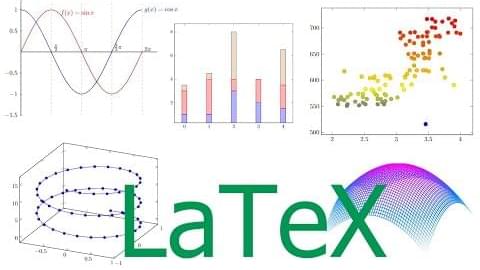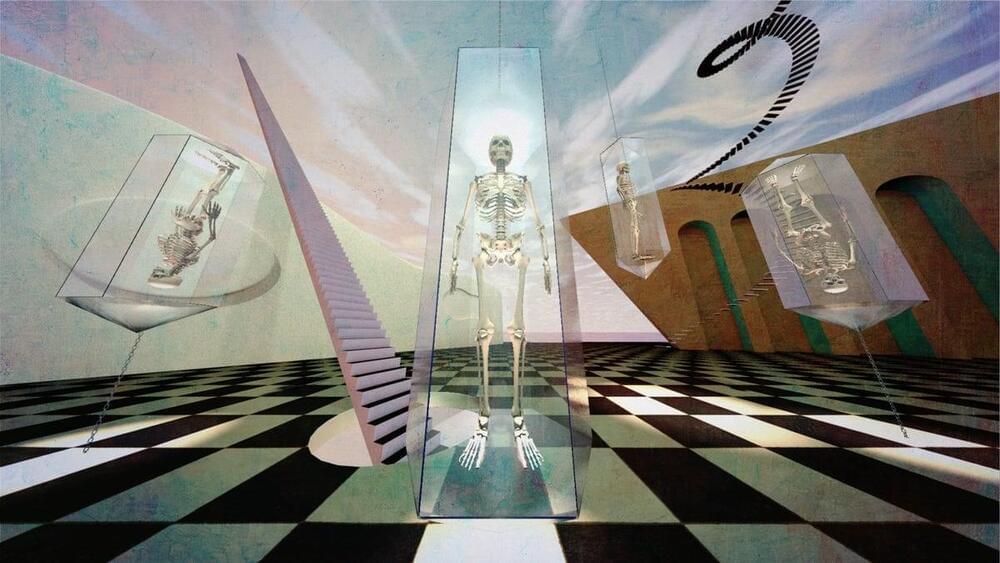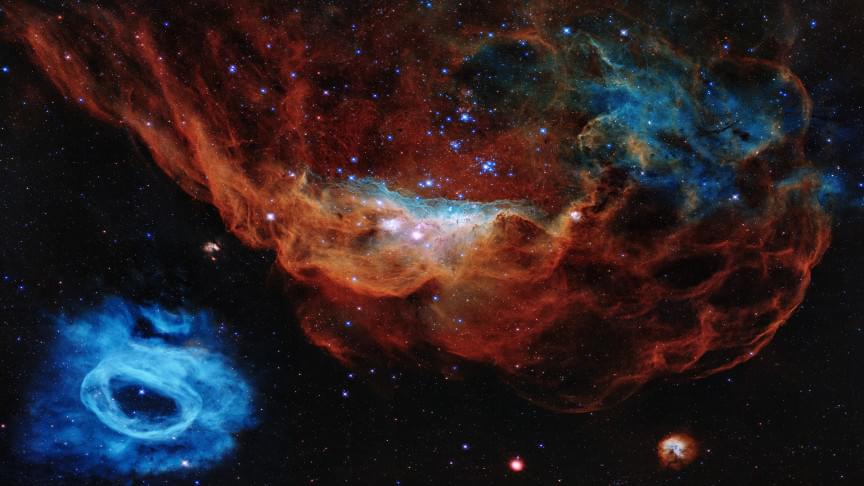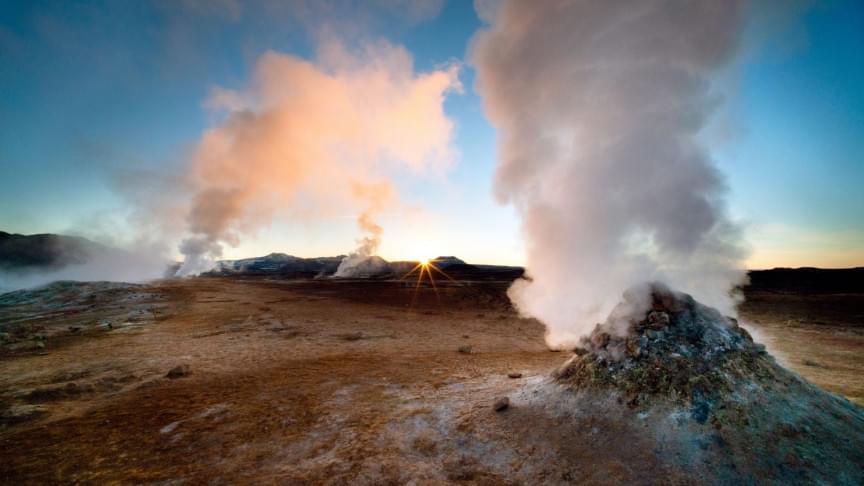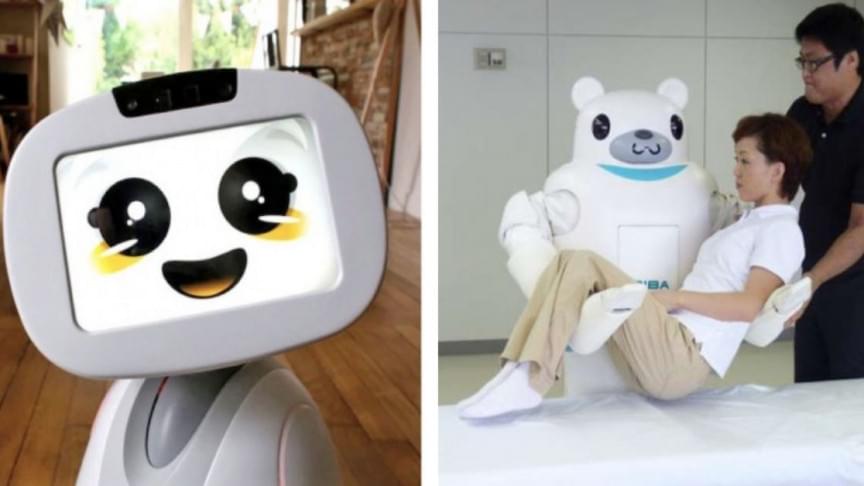May 30, 2022
How I make beautiful GRAPHS and PLOTS using LaTeX
Posted by Jose Ruben Rodriguez Fuentes in categories: information science, life extension, mathematics
Andrew Lincoln, your boss?
Vanessa YelenaYour boss is deathist cringe. Let’s see if it stays that way when he’s getting old…
Continue reading “How I make beautiful GRAPHS and PLOTS using LaTeX” »
